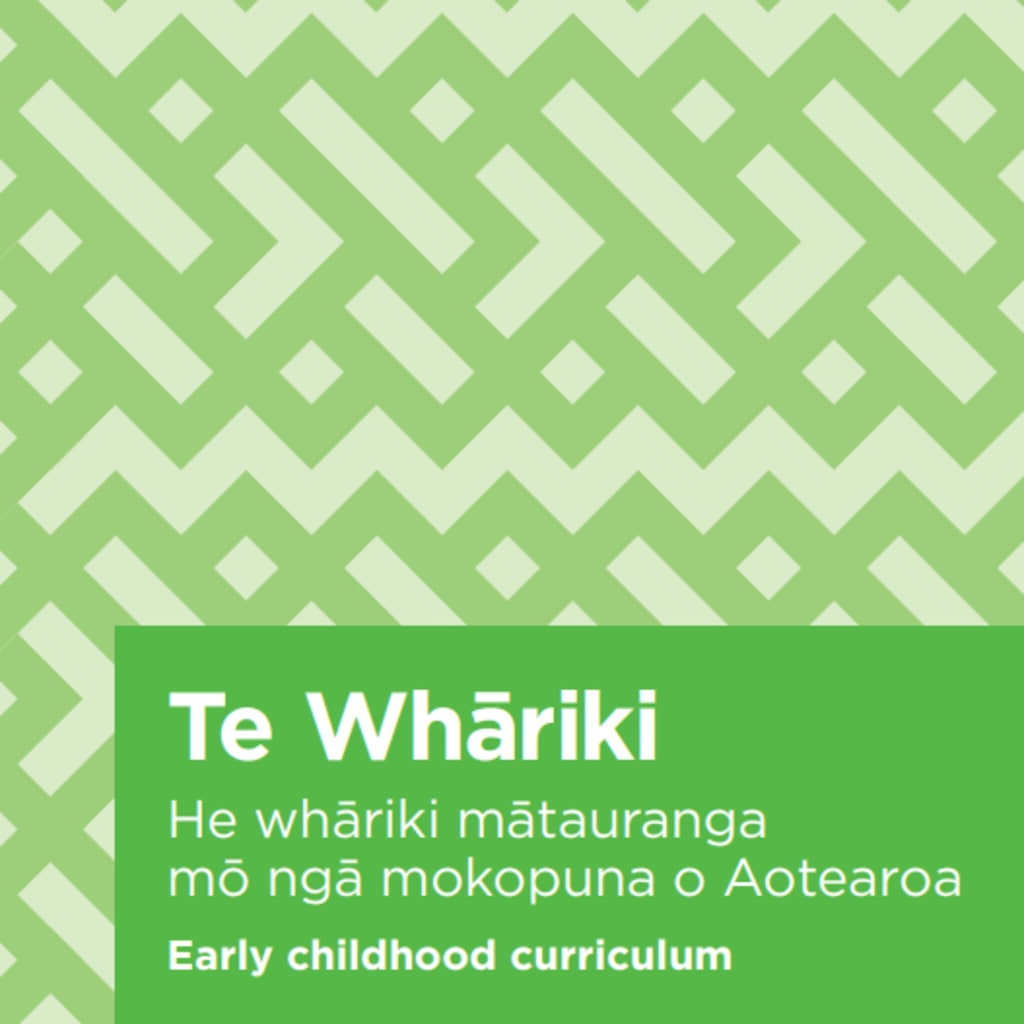We are continually striving to enhance our website for our users.
To do this, we use anonymous data provided by cookies to understand your interaction with our site.
By clicking “accept,” you agree to our use of these technologies for marketing and analytics purposes. See Privacy Statement



